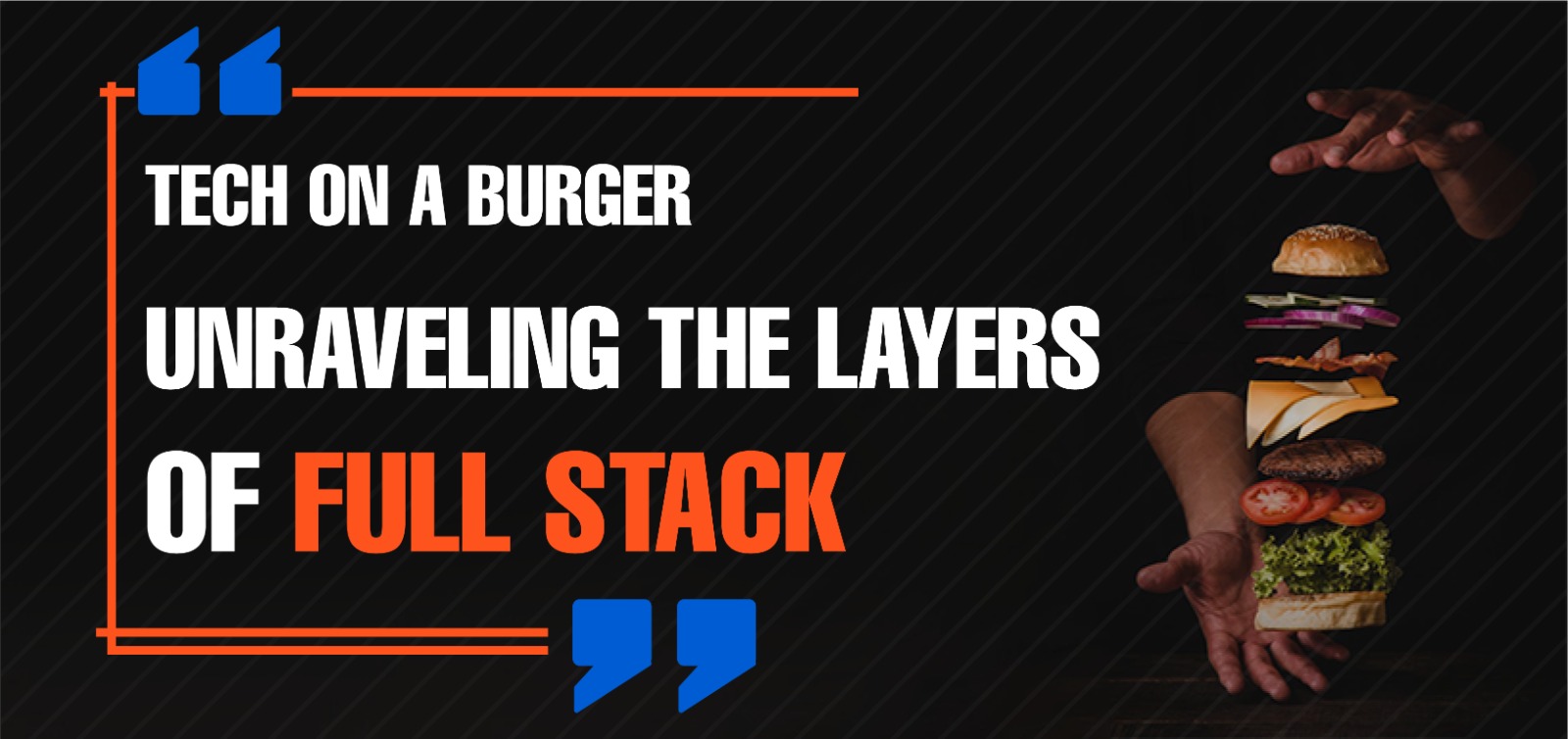

| July 25, 2023 |

Technology can be immensely overwhelming for anyone. Here is a famous real life story. Mr. Louis Gerstner, a top American executive who took up the job of CEO of IBM, his immediate challenge was to understand technology. He was hired in 1993 to turnaround IBM, which was about to go bankrupt. But Gerstner, an MBA from Harvard, was not a technology guy. He had worked only at companies like McKinsey and American Express.
It took time, but Gerstner eventually gained an understanding of technology and the business IBM was in and made the company an industry leader once again. He famously drew a diagram he called “the stack”. The stack showed almost all the major pieces in a typical computing environment.
The “stack” structure consisted of five tiers: The bottommost layer encompassed "Hardware", including products and components. Directly above it was the tier meant for "Operating Systems”. Sitting above the operating system layer was the one designated for "Middleware". It was followed by the layer for “Software applications”. And the uppermost layer was designated for "Services."
Cut back to the 21st century from a bygone era. Doing the rounds within tech circles is none other than a burger. But this burger goes beyond the ordinary, as each element—the bun, patty, and toppings—symbolizes a distinct set of diverse technological components that collectively represent Full Stack technology. It is aptly named the 'Full Stack Burger'.
Let's start from the foundation, where we encounter the base layer. This layer represents “Platforms” and forms the bedrock of our subject. On top of the base layer rests the patty, symbolising “Backend” technologies, akin to the meaty essence of the burger. Adding a tangy touch, we find a thin yellow topping that signifies the importance of “Databases”. Just above it lies a cheesy layer, painted in green, which embodies the vital “Protocols and APIs”. Finally, the bun completes the structure, encompassing everything in between—the layers and their interconnections—representing the crucial “Frontend” technologies. Together, these layers comprise the flavorful creation known as the Full Stack Burger.
Full Stack Explained
Full-stack development platforms such as AWS or Azure offer developers a wide range of tools and services to build, deploy, and manage applications throughout the entire software stack, covering both the frontend and the backend. This empowers developers to create scalable and robust solutions with ease and efficiency.
Backend technologies such as Python or Scala play a key role in full-stack development by handling server-side operations, data processing, and business logic. They enable communication with databases, implement APIs, and ensure secure data handling. Backend technologies provide the foundation for building robust and scalable web applications, supporting the functionality and seamless integration of the frontend with the backend systems.
Databases such as MySQL are crucial in full-stack development as they store, manage, and organise data for web applications. They enable efficient data retrieval, storage, and manipulation, providing the backbone for data-driven applications. Databases ensure data consistency, integrity, and enable seamless interactions between the frontend and backend components of an application.
Protocols in full-stack development are sets of rules that define how data is transmitted and communicated between different components. APIs (Application Programming Interfaces) are interfaces provided by software systems that allow different applications to interact with each other, enabling data exchange, integration, and functionality extension between frontend and backend components in full-stack development.
Finally, frontend technologies in full-stack development encompass the tools and frameworks used to create the user interface and client-side functionality of an application. These technologies include HTML, CSS, and JavaScript, along with frameworks like React, Angular, and Vue.js. They enable developers to design and implement visually appealing, interactive, and responsive user interfaces that enhance the user experience.
Full Stack Development Training / Courses
While there are people who specialise in front-end technologies and there are others who specialize in backend ones, there is a perception that it is both possible and desirable for a professional to acquire expertise in all the represented components—platforms, backend technologies, databases, protocols, APIs, and frontend technologies. Having such a comprehensive skill set and a deeper understanding of the entire technological landscape can help a professional bridge the gap between different aspects of a project. Hence, they become versatile and sought-after experts in the realm of Full Stack development.
There are many institutes that offer full-stack development training. However, before selecting the right full-stack course, it is important to know if the course content is comprehensive in terms of its coverage of essential technologies, frameworks, and concepts. It is even more important to ensure that these courses provide supplementary resources like video tutorials, ebooks, and other learning resources. Besides, without hands-on projects or assignments, it is very difficult to master Full Stack development. Above all, the instructor should be an expert with industry experience and a strong background in full-stack development. It goes without saying that course certification should be recognized by employers everywhere.
If you are inspired by the Full Stack burger, you can have it all. Learn Full Stack development skills from a reputable and trusted source. With expertise in this field, you can excel in a rewarding career that offers diverse opportunities and a promising future.
Enter your email address to subscribe to this.
Categories